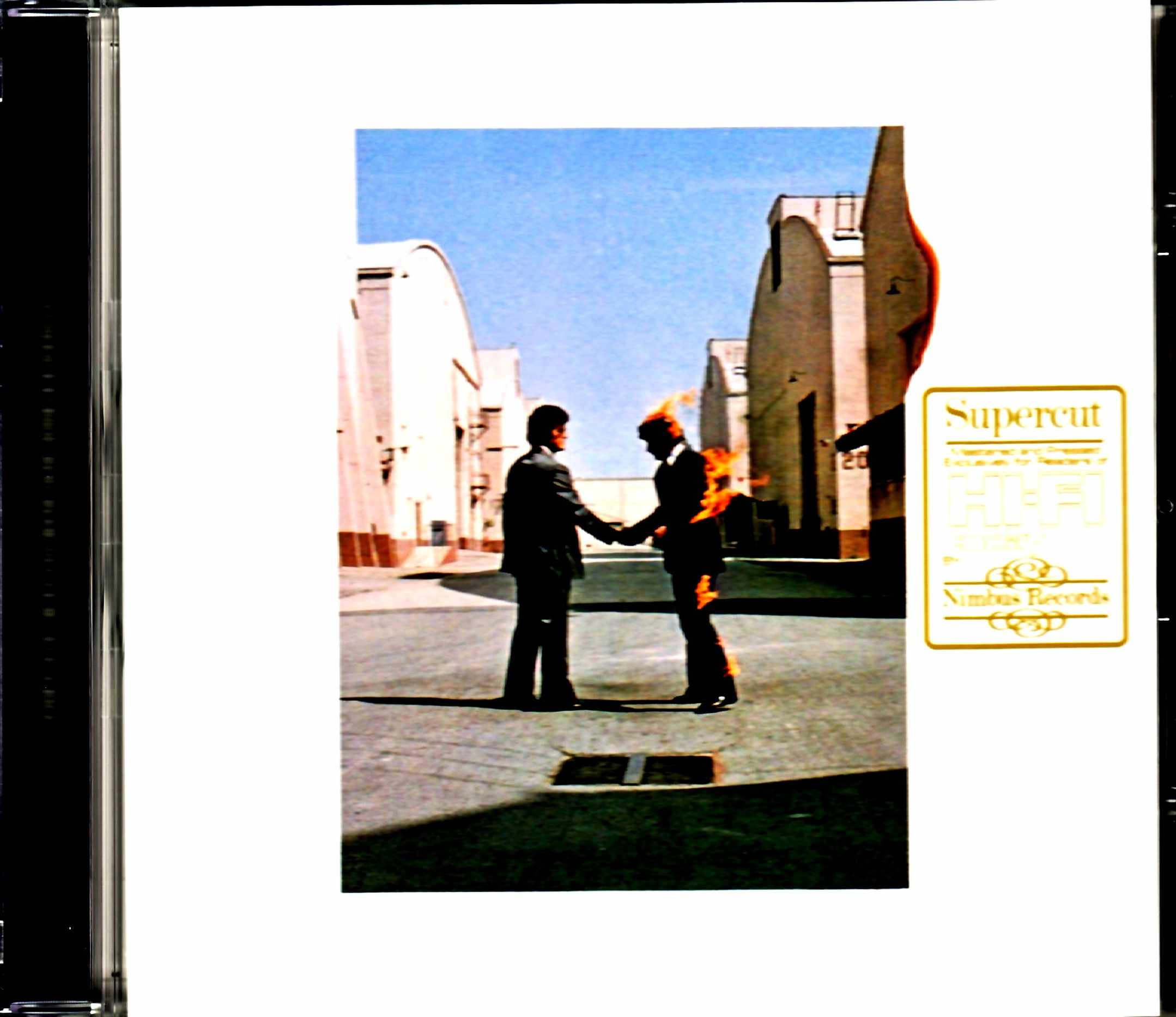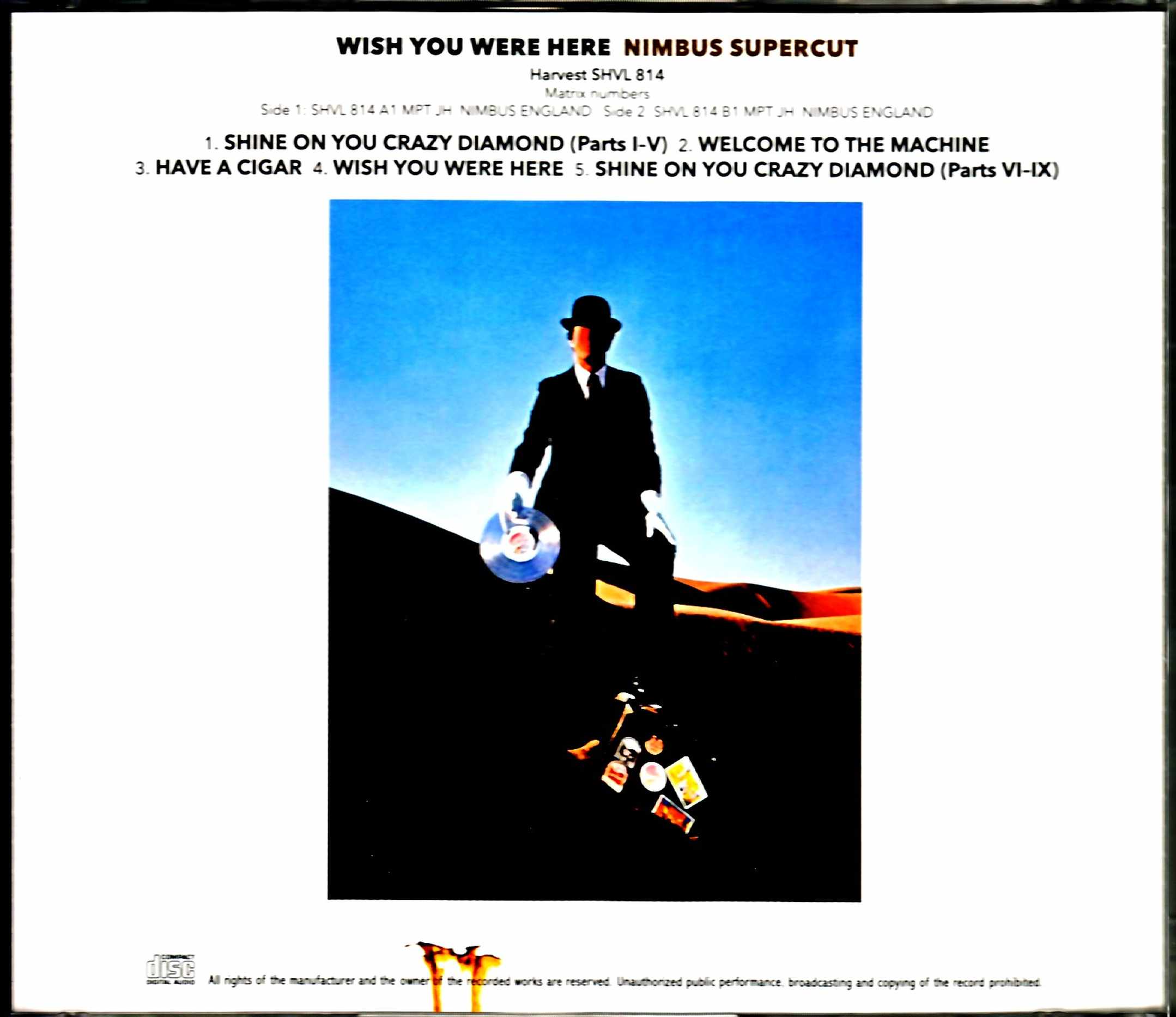Description
“Nimbus Supercut” is a dream come true for collectors who seek high-quality sound. Introducing the famous album “Flame: I Want You to Be Here”, which is depicted with the ultimate sound that was said to be a fantasy. [The miraculous “Nimbus Supercut” that has achieved the ultimate high-quality sound in an object] The “Nimbus Supercut” is famous for the Beatles and Wings. This name may now be synonymous with “Holy Grail” for collectors. It is the fate of great music records, not just rock, to be searched for the ultimate sound, and every possible possibility is explored. It may be new technology media, Mato 1LP that pursues the young generation, digital transfer by master craftsmen, or a master copy created by a coincidence of history. Regardless of the difference in method, various labels and collectors are working hard to reach the ultimate goal of “the sound recorded on the master tape” and “the sound that was heard in the studio.” The answer to such a journey differs from album to album, but the one that is rumored to be the ultimate album for “Flame” is “Nimbus Supercut.” Please forgive me for getting a little muddy when I say “rumored” here. Normally, “affirmation” would be appropriate, but the Nimbus record is so rare that even core collectors can’t easily hear about it. After all, it is an LP made in 1984, more than 35 years ago, and it is only available for mail order as a special project aimed at readers of the British audio magazines “PRACTICAL HI-FI” and “HI-FI TODAY.” It never went on sale to the general public, and now it’s normal for a used record to cost tens of thousands of yen, but it was a mega-rare record, with a near-mint record costing less than a hundred thousand yen. Of course, it’s not just about rarity. Nimbus Records borrowed the original master tapes and pressed them using their proprietary “Supercut” technology. What’s more, the material used is a special pure vinyl made by ICI (Imperial Chemical Industries, one of the world’s leading chemical companies based in London), and the pressing precision is on a whole other level. If it was just a fake threat, it would just make audiophiles who were lucky enough to acquire a rare LP (or have no interest in money) get furious, but it became a legend because the sound was proof of how it happened. It was even called the Holy Grail. [Shocking “Fire” that confines the very reality of the studio] The introduction has become quite long, but “Fire: I want you to be here” is the one of such “Nimbus Supercuts”. Although it is already an extremely rare LP, this work has been precisely digitized from a mint quality edition. Due to the combination of good materials and condition, there is no needle patter or even surface noise. The sound of the “master tape itself” without any limiter processing comes out. In fact, its natural feel is unprecedented (actually, the members who produced the album must have heard it). The SBM CD version is famous as a high-quality CD of “Flame”, so I went into it with enthusiasm, thinking, “Let’s compare!” But it was so different that it made me laugh. First of all, the sound pressure was too different for an LP from the 80’s, so I raised the volume thinking, “I’m trying not to be fooled by the sound pressure,” but it sounded natural no matter how high I turned it up. Even though the volume has already exceeded that of the SBM CD, it doesn’t feel noisy at all. Just to be clear, this does not mean the volume is too low. Even if you raise the volume from the same listening level as a regular CD, there will be no distortion or clogging, and on the contrary, you can clearly hear the subtleties even at low volumes. Moreover, this “subtlety” is not average, and it is not at the level where you can notice minute phrases and sound effects. A dimensional sense of reality where the instrument is currently sounding, the skin of the drum or the strings of the guitar/bass are vibrating, the sound is passing through the gap in the wire mesh of the microphone… To be honest, the sound quality of the SBM CD is quite high, so it’s not like I can notice any hidden new sounds now, but even if I turn up the volume as much as I can, I still hear the beautiful sound world and think, “Ah, Roger is right in front of me.” It even gives you the feeling that it’s singing and Gilmore is playing it. “Nimbus Supercut” was difficult to listen to because it was so mega rare among the many high quality discs. This is a miraculous press CD that digitized the mint version in the highest environment. Even if you were able to buy a Nimbus record for a large sum, it is not necessarily a mint record, and there are probably few people who have the environment to play it to bring out its full potential. This work is a CD that overcomes all such barriers and allows anyone to enjoy the “supreme sound of the highest peak album.” This is a direct transfer from the ultra-rare UK edition “Nimbus Supercut,” which was released in 1984 by mail order to readers of the British audio magazines “Practical Hi-Fi” and “Hi-Fi Today.” The Nimbus Supercut disc is legendary among audiophiles as a high-quality disc that surpasses Mobile Fidelity. Digitized from an LP in excellent condition owned by an overseas enthusiast. A precisely digitized version of “I Want You to Be Here” by “Nimbus Supercut,” which is hailed as the highest quality in history. The Nimbus edition was released in 1984 as a special mail-order edition aimed at readers of the British audio magazines “PRACTICAL HI-FI” and “HI-FI TODAY.” Although it is a mega-rare record that was never sold to the general public, the pressing precision using unique cutting technology and special vinyl made by ICI is outstanding. Mint discs that cost hundreds of thousands of thousands of dollars were digitized using the latest technology, and the sound is exactly like the master tape, with no needle cracks or even surface noise. PINK FLOYD – WISH YOU WERE HERE: NIMBUS SUPERCUT (1CD) Harvest SHVL 814 (44:24) 01. Shine On You Crazy Diamond (Parts I–V) 02. Welcome To The Machine 03. Have A Cigar 04. Wish You Were Here 05. Shine On You Crazy Diamond (Parts VI–IX)







Reviews
There are no reviews yet.